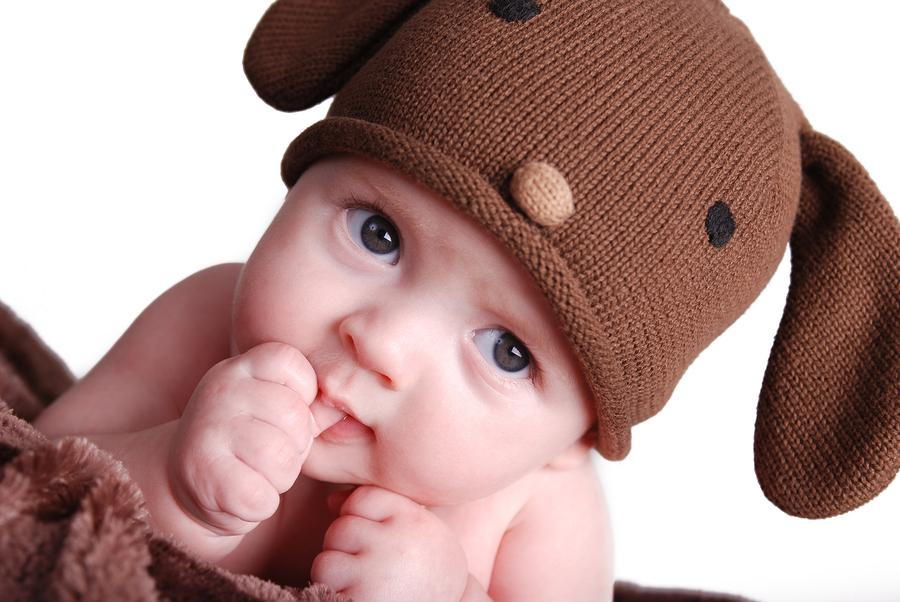
Many adults assume that teeth straightening is only meant for children or teenagers. But this idea is changing quickly. Today, more adults are choosing orthodontic treatment than ever before, and the results are transforming both their smiles and their confidence. What motivates people to start this journey later in life varies. Some want to improve their appearance, while others want to solve long-standing bite problems. In many cases, a quick evaluation with an orthodontist in Prosper helps adults understand their options and see how simple the process can be, even if they have waited years to begin.
Why Crooked Teeth Develop Over Time
Crooked teeth are not just something people are born with. Many adults experience shifting even if their teeth were once straight. This happens for several reasons. Natural aging affects the jaw. Teeth move forward slowly, causing crowding. Gum problems or bone loss also change tooth position. Sometimes people did not wear their retainers after earlier treatment. In other cases, they never had orthodontic care as children.
Daily habits can also affect alignment. Grinding, clenching, and mouth breathing all play a role. Over time, these small forces push the teeth little by little until the change becomes noticeable.
The Hidden Problems behind Crooked Teeth
Crooked teeth are not only a cosmetic concern. They influence how the entire mouth functions. When teeth do not line up properly, chewing becomes less efficient. This adds extra pressure to certain teeth, leading to faster wear and tear. Some adults develop jaw pain or headaches without realizing the cause is related to misalignment.
Crooked teeth can also trap food more easily. Cleaning becomes harder, especially in tight spaces. This increases the risk of cavities and gum disease. Straightening the teeth helps restore balance and reduces these risks over time.
Why Adults Should Not Wait to Fix Their Smile
Even though many adults feel hesitant, treatment later in life is very common. Advancements in orthodontic options make it easier, more comfortable, and far less noticeable than before. Straight teeth not only make the smile look better, but also improve overall oral health.
Adults often choose treatment because:
- They want to feel more confident in professional settings.
- Their bite has become uncomfortable.
- They want to prevent long-term dental issues.
- They want to correct problems that were ignored earlier.
Healthy alignment supports better oral hygiene and long-term comfort. Many adults say they wish they had started sooner once they see the difference.
Modern Treatment Options Make the Process Easier
Today’s orthodontic methods are far more convenient than the traditional braces many people remember. Clear aligners have become popular because they blend with daily life. They are removable, nearly invisible, and comfortable. This makes them ideal for adults who want a discreet solution.
For those who need more complex correction, modern braces are smaller and sleeker. They work efficiently without drawing too much attention. The goal is to make treatment smooth and adaptable to adult routines.
Before any treatment begins, an orthodontist will examine the bite, take scans, and create a personalized plan. The process is tailored to adult needs, making it practical for busy schedules.
Improving Confidence through a Better Smile
Crooked teeth can affect how a person feels about themselves. Adults often avoid smiling in photos or speaking confidently in meetings. Fixing alignment helps remove these barriers. Once the teeth start shifting into place, people notice a change not only in their smile but also in how they feel about their appearance.
The emotional boost is one of the most rewarding parts of the process. A straight, balanced smile often brings new confidence and self-assurance.
The Health Benefits Go Beyond Appearance
Straightening teeth does far more than enhance looks. When the bite functions properly, the entire mouth becomes healthier. Food does not get stuck as easily. Cleaning becomes easier. The pressure across the teeth becomes balanced, reducing wear.
Better alignment also supports long-term gum health. Straighter teeth mean less strain on the jaw, fewer issues with grinding, and improved comfort during eating. Many adults even report better sleep after their bite is corrected.
It’s Never Too Late to Begin
Age is not a barrier to treatment. Whether someone is in their 30s, 40s, 50s, or beyond, orthodontic care can deliver meaningful results. Teeth can be moved safely at any age as long as the gums and bone are healthy.
The first step is simply exploring the options. A clear treatment plan helps adults visualize the improvements and understand how achievable a better smile really is.
Final Thoughts
Crooked teeth in adulthood are common, but they do not have to stay that way. With modern treatments, improved comfort, and personalized care, fixing alignment is easier and more effective than ever. Straight teeth support better health, confidence, and daily comfort. No matter your age, the opportunity to improve your smile is always available—and the benefits last a lifetime.







